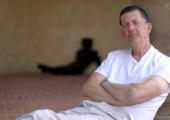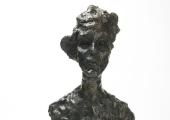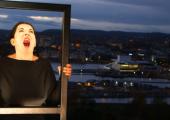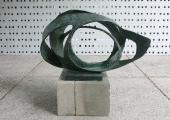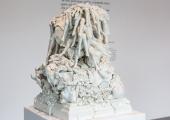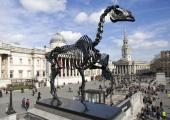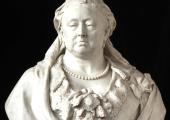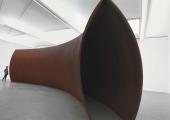We Made It: Stage Designer John Napier
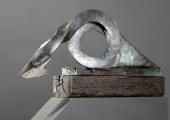
The celebrated designer of 'Les Mis' and 'Cats' is putting on a show of his sculpture
It may seem like a long way from Shakespeare to Siegfried and Roy, but John Napier has had a remarkable career in which high and low art come together and share the applause. So not only has the theatre designer staged a magic show in Vegas, he’s worked a more subtle magic in his time at the RSC. And in a world where musicals run for decades, Napier’s stage sets have been among the most consistent and celebrated factors in the success of many of our best-loved West End shows.

